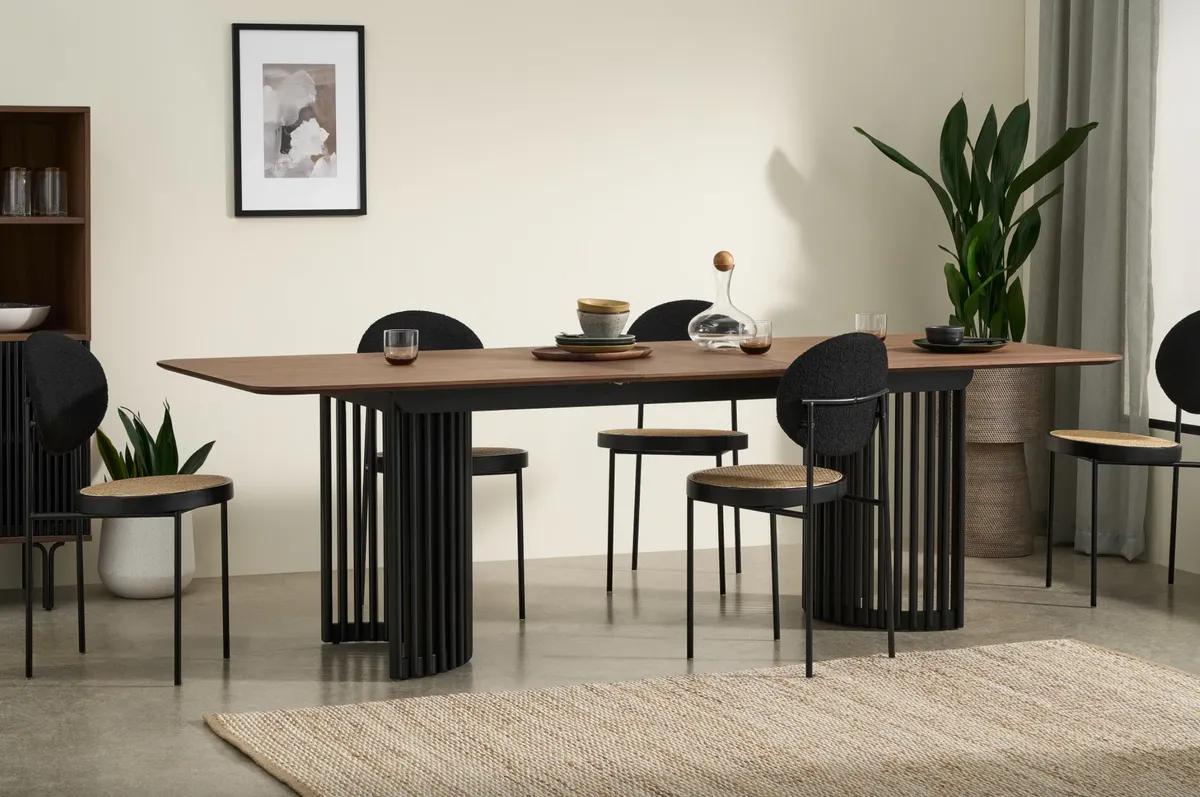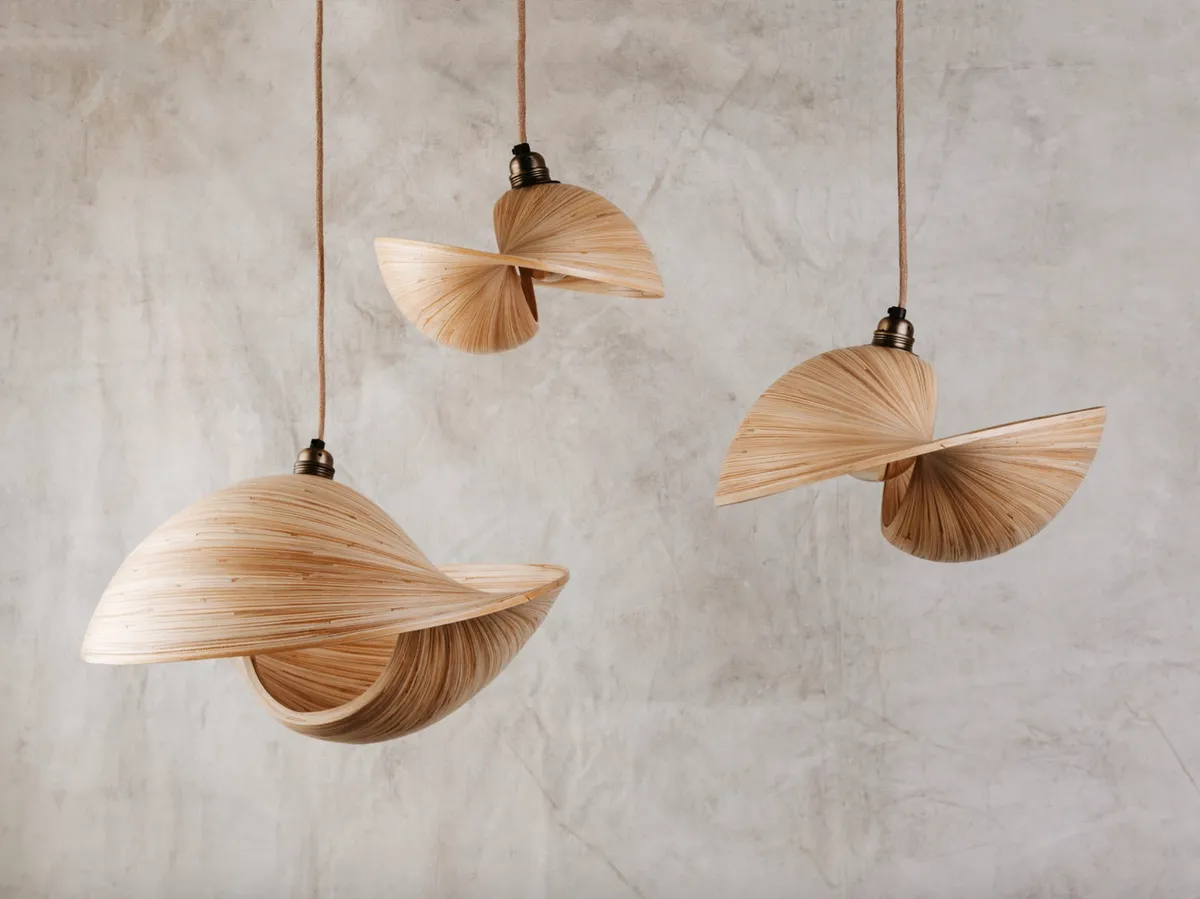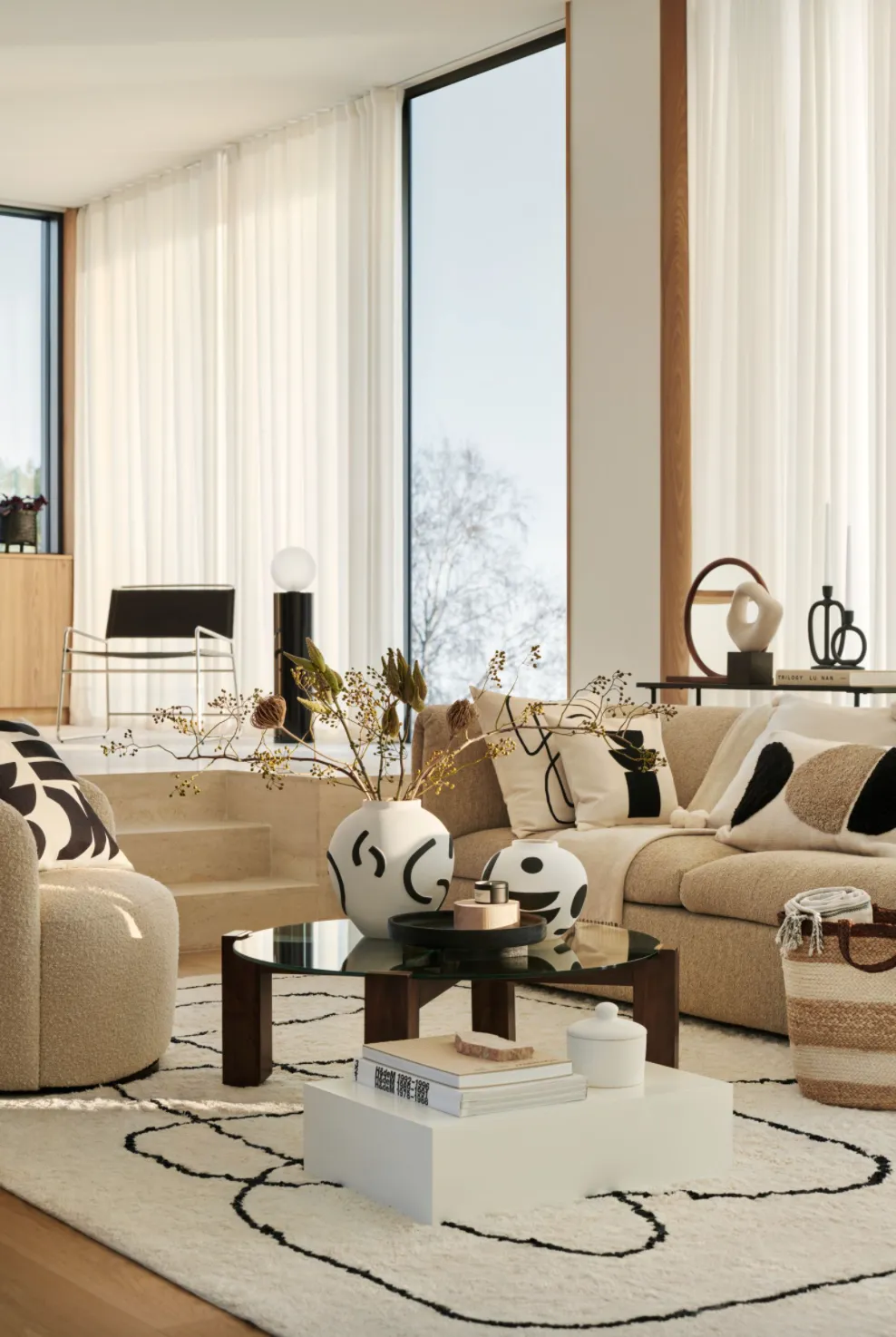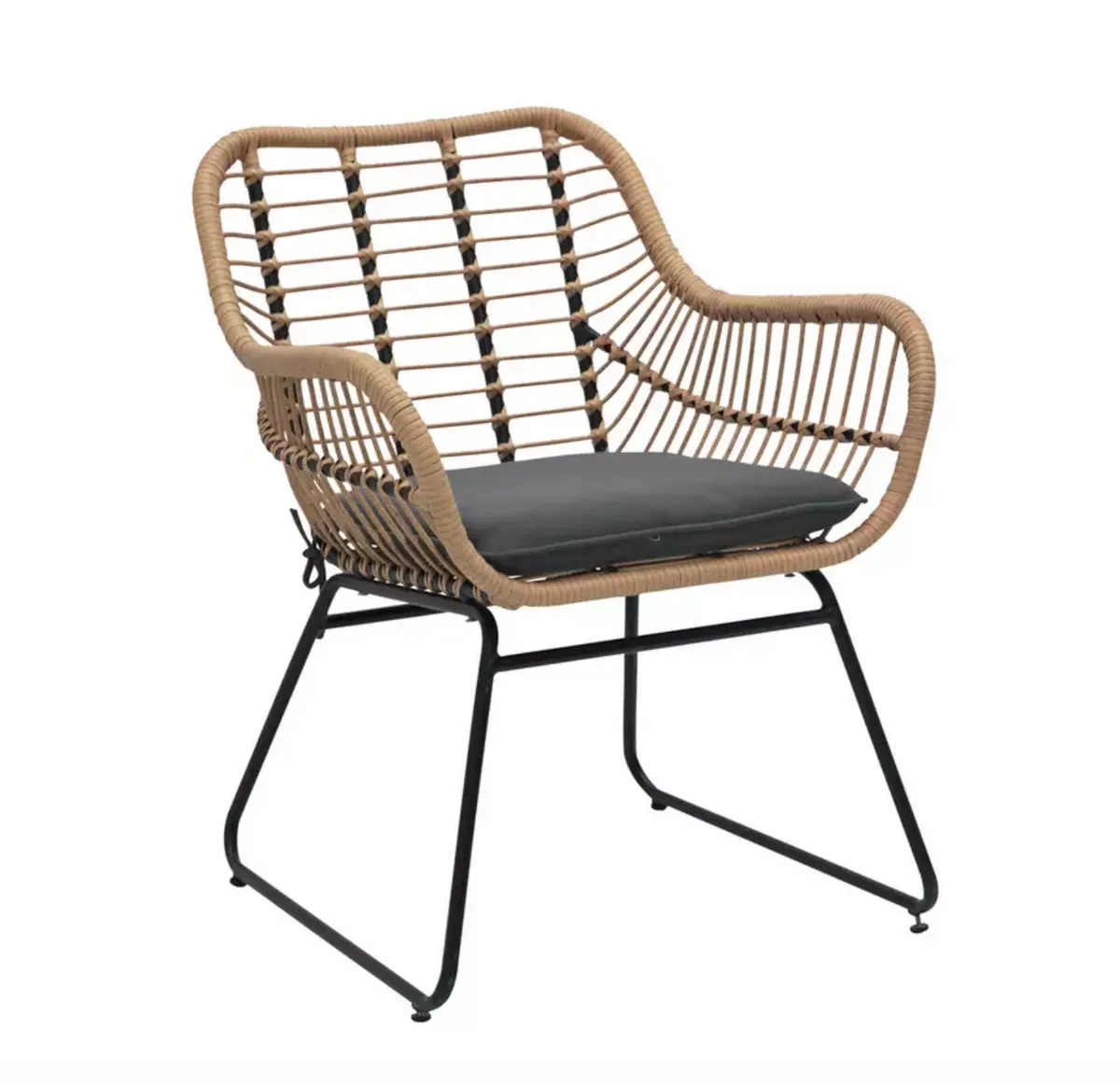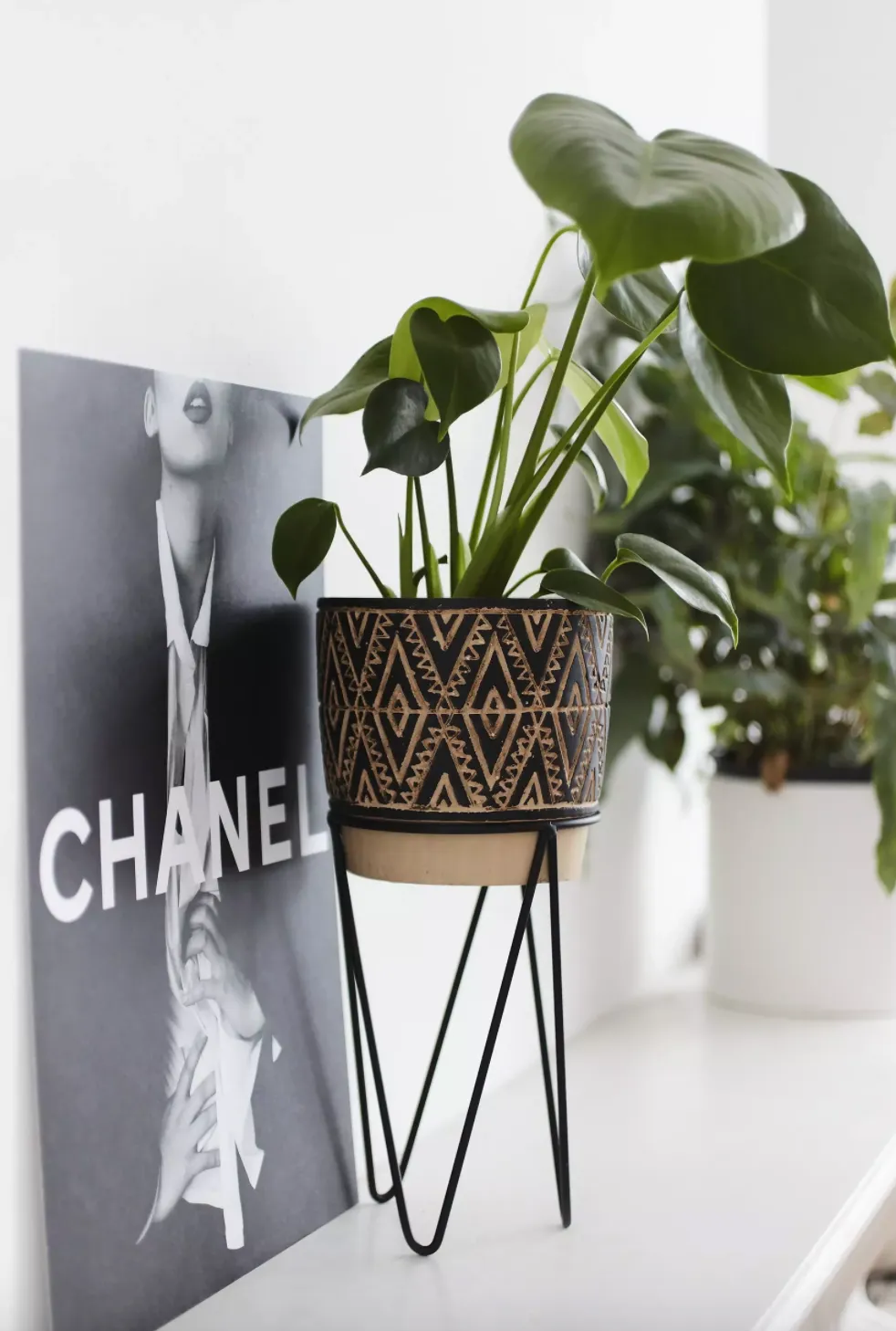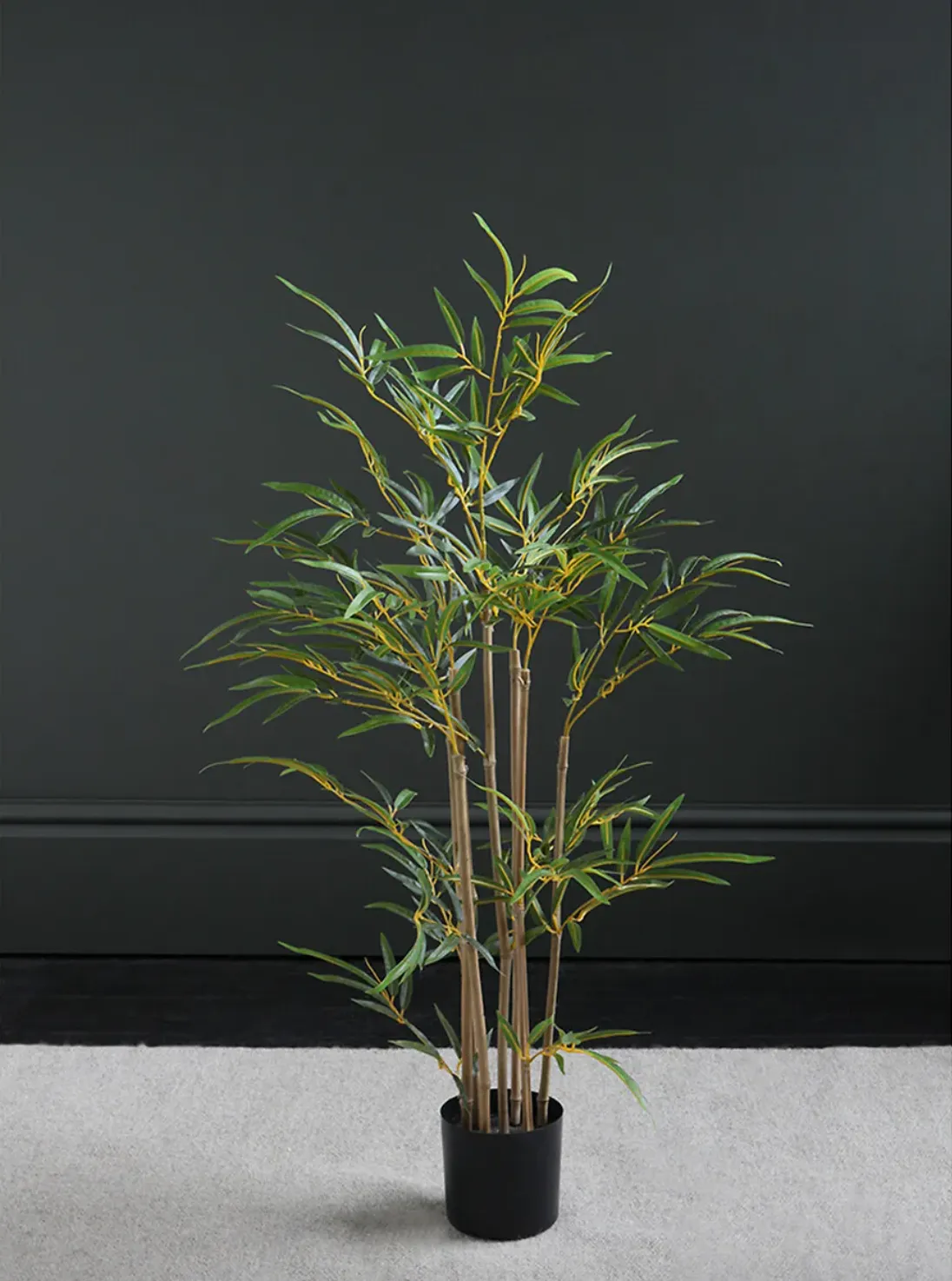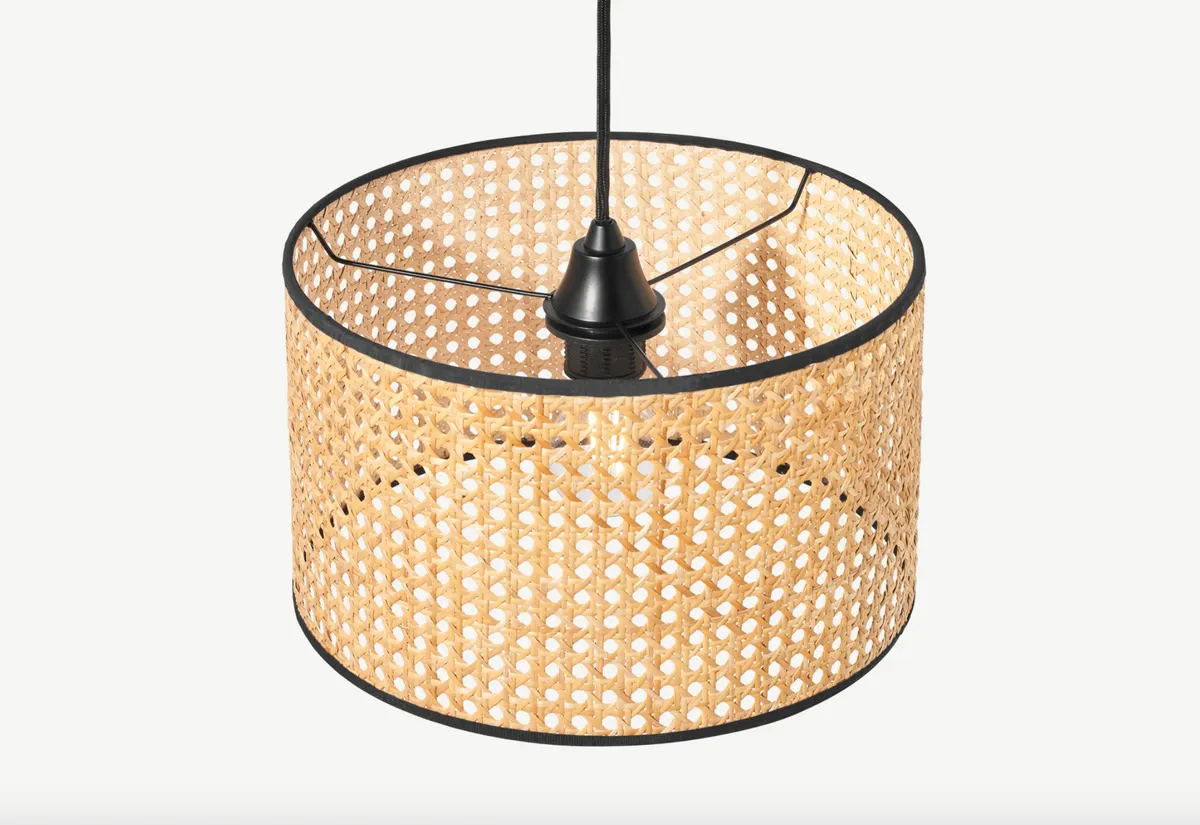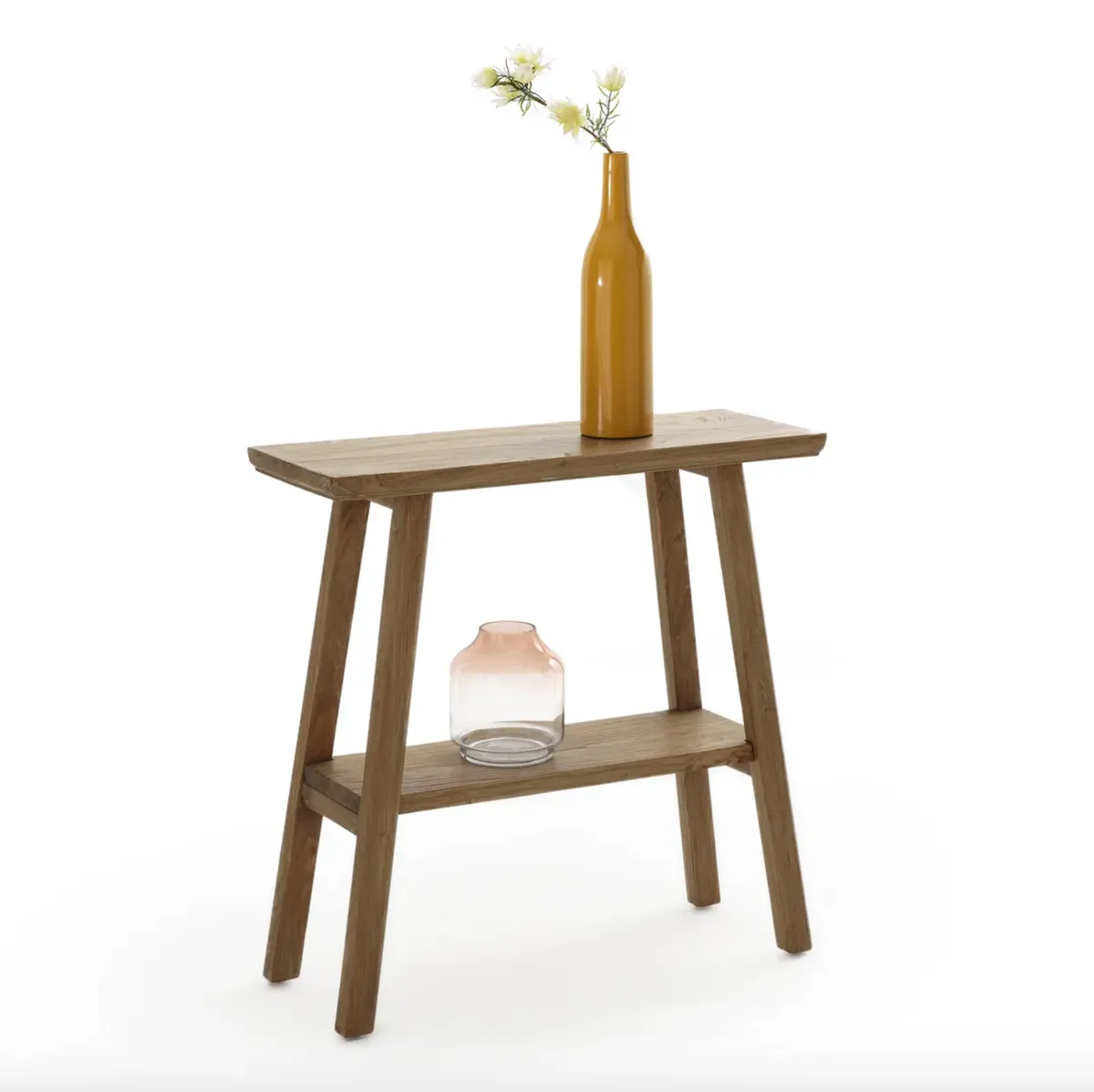The Japandi style started developing back in 2018, but has recently been soaring in popularity, becoming a go-to style choice for many homeware brands and homeowners. Similar to the ethos of cottagecore, another huge interior trend for 2021, the Japandi aesthetic stems from a desire to return to simpler times and embrace the beauty of nature.
What is Japandi style?
Japandi style is a fusion of Japanese and Scandinavian design. Both Japan and Scandinavia are known for their love of functional yet elegant minimalism. The two cultures also share similar ideas around finding contentment in simple things - compare the Scandi concept of hygge, a homely feeling of cosiness, and the Japanese term wabi-sabi, which refers to seeing beauty in imperfection.
Cosy but minimalist, Japandi style stands in stark contrast to the colourful, patterned, maximalist interiors we have been seeing recently. Instead, Japandi favours the 'less is more' approach, with a rejection of fussy prints and accessories and an emphasis on clean lines, earthy colours, artisan craftsmanship, sustainable materials, and keeping in touch with nature.
How to create the Japandi style at home
1. Declutter
The first step in creating the Japandi style at home is having a clean canvas to work with. In Marie Kondo fashion, have a big declutter and only display items that really make you happy and 'spark joy.' If that happens to be quite a lot of items (if you're homeware addicts like us!), display them neatly in a line on a shelf or dot them individually about the room to avoid the accessories looking busy or cluttered.
Gallery walls are not the one when it comes to Japandi style. Instead, hang one centrepiece artwork, or, keep the walls bare and let the furniture and accessories do all the talking. Japandi interiors are all about being soothing, mindful spaces, so stick to a serene, neutral colour palette. Avoid bold, heavily patterned wallpapers and fabrics as the more ornamentation the more stimulation and distraction!
2. Create clean lines
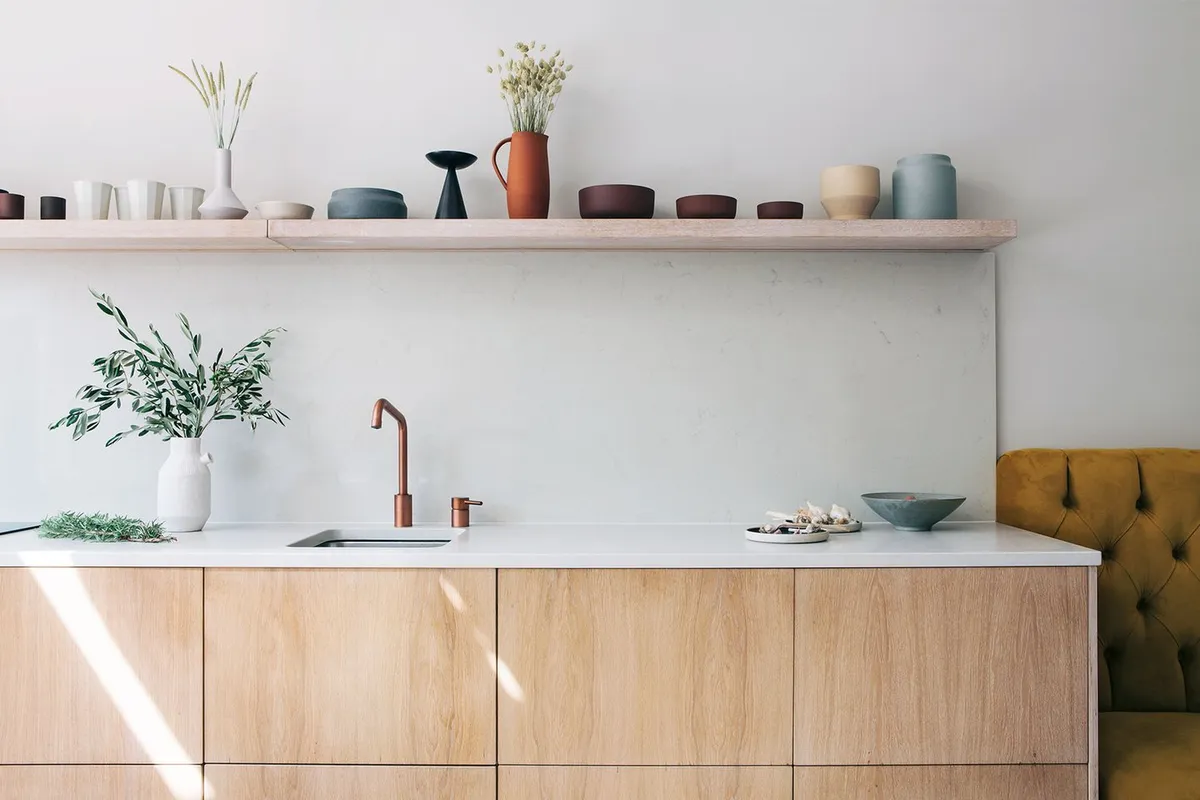
One way of creating a harmonious space, which is synonymous with Japanese interior design, is to create clean lines in your room or home. This is achieved by featuring strong shapes with crisp edges, such as a long sleek sideboard or a floating shelf. For maximum impact, blend numerous shapes, both curved and straight, such as a round sofa behind a sharp, square coffee table.
Use the lines themselves as a decoration, and don't obscure them with trailing plants or soft furnishings. The overall look should be one of continuity, blending shapes and sleek functionality.
3. Add contrast
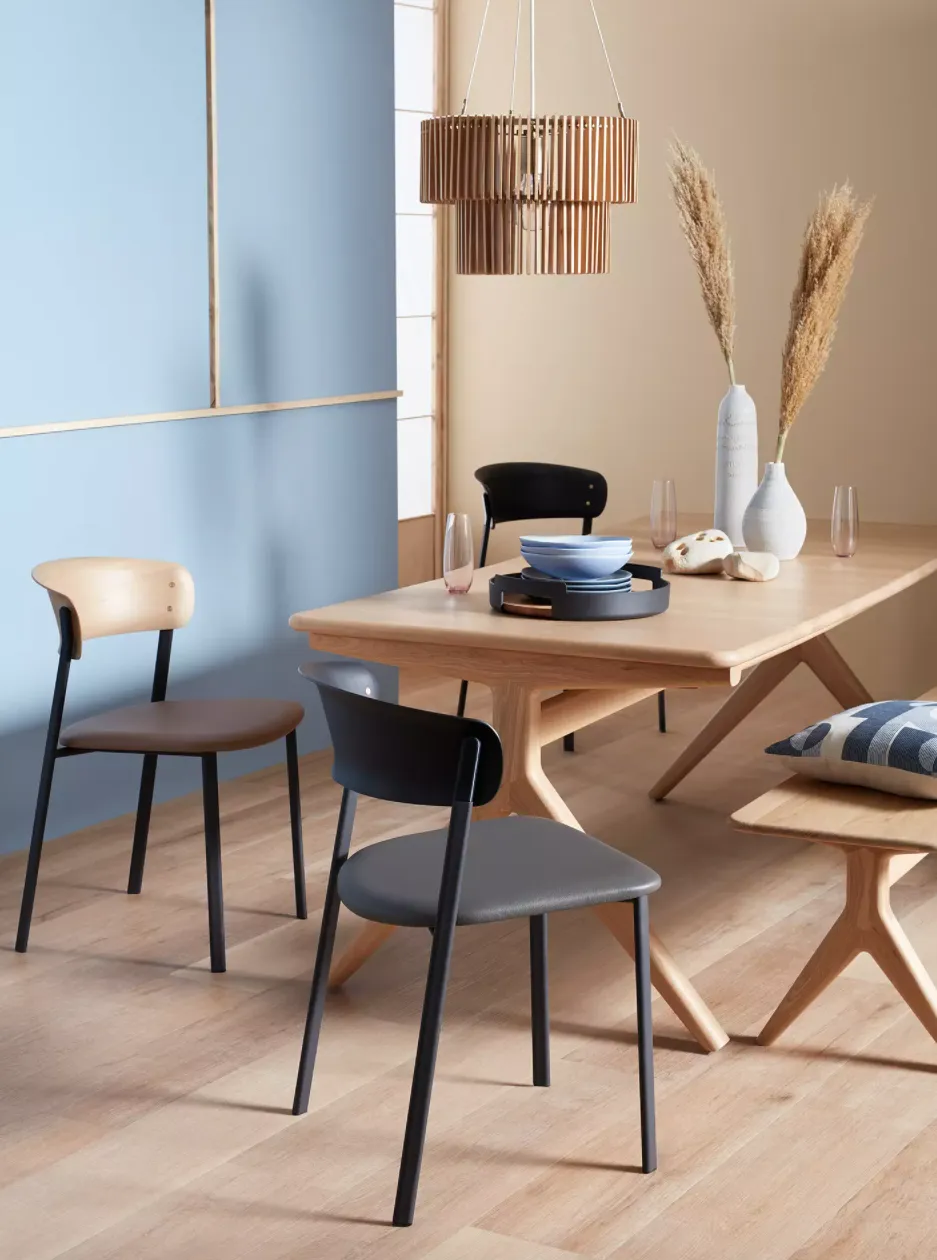
To keep your Japandi decor scheme from looking bare, it's important to add points of contrast through colour. Black accents work wonderfully well against a wooden interior, while a single splash of colour, such as a sky blue wall or olive green cabinets, will add brightness and warmth.
'Base your colour palette on light neutral colours, then mix with subtle flashes of contrasting colours such as dark blue, dark brown, black and red, to add warmth,' says Rob Ellis, Head of Design at DFS.
'Don’t be afraid to add pops of pattern too, whether that’s in rugs, prints or furniture - the Yuttari range from DFS features a pattern fabric option that depicts British landmarks in a style inspired by traditional Japanese woodblock printing.'
Adding a contrast colour to your interior doesn't have to be a large paint job though; colourful crockery, a statement artwork or a bold cushion can all work just as well.
4. Use natural materials
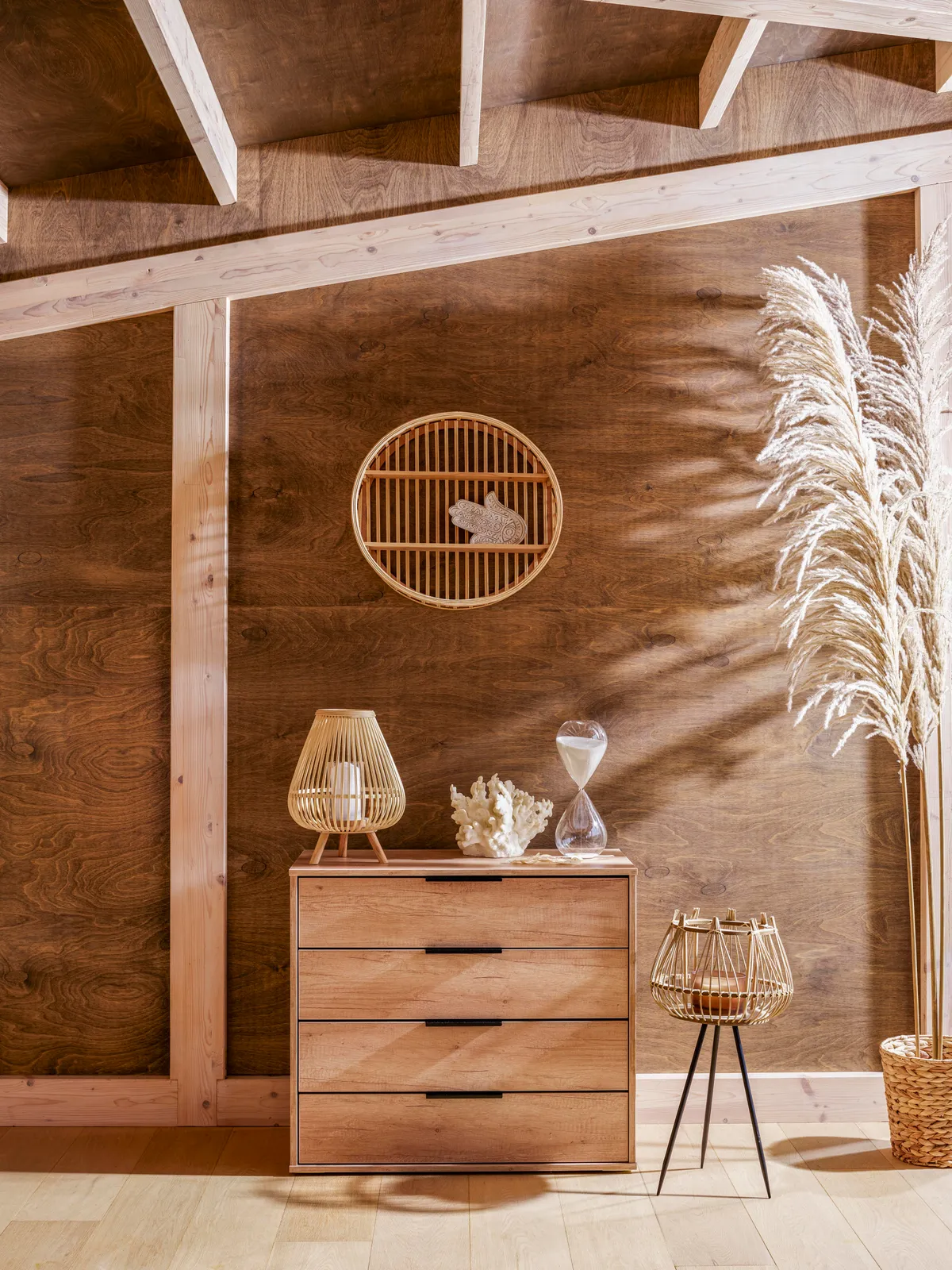
As Scandinavia and Japan both value highly-skilled carpentry and craftsmanship, it makes sense that one of the main elements of the Japandi trend is an emphasis on natural materials, especially wood. When it comes to using natural materials in your home, the more you can incorporate the merrier!
Wooden floors, wooden cabinets and accessories with a natural finish such as wicker or rattan will all help to achieve the Japandi look. If you're on a budget, decide on one statement item for your room, such as a wooden coffee table, a bamboo partition or a large rattan plant stand.
5. Choose eco-friendly homewares

Many of us are becoming more attuned to the value of long-lasting, sustainably made items as opposed to cheap, disposable items that have a harmful effect on the planet. Japandi embodies the value of quality over quantity and respects nature, so choosing eco-conscious brands for your homeware and furniture is a must.
When you decide to redecorate, as well as finding eco-friendly homeware companies, you could also source local craftspeople, try shopping small, ensure you're buying something that you'll keep for a long time, and check an item's material is sustainable before purchasing.
6. Plant up
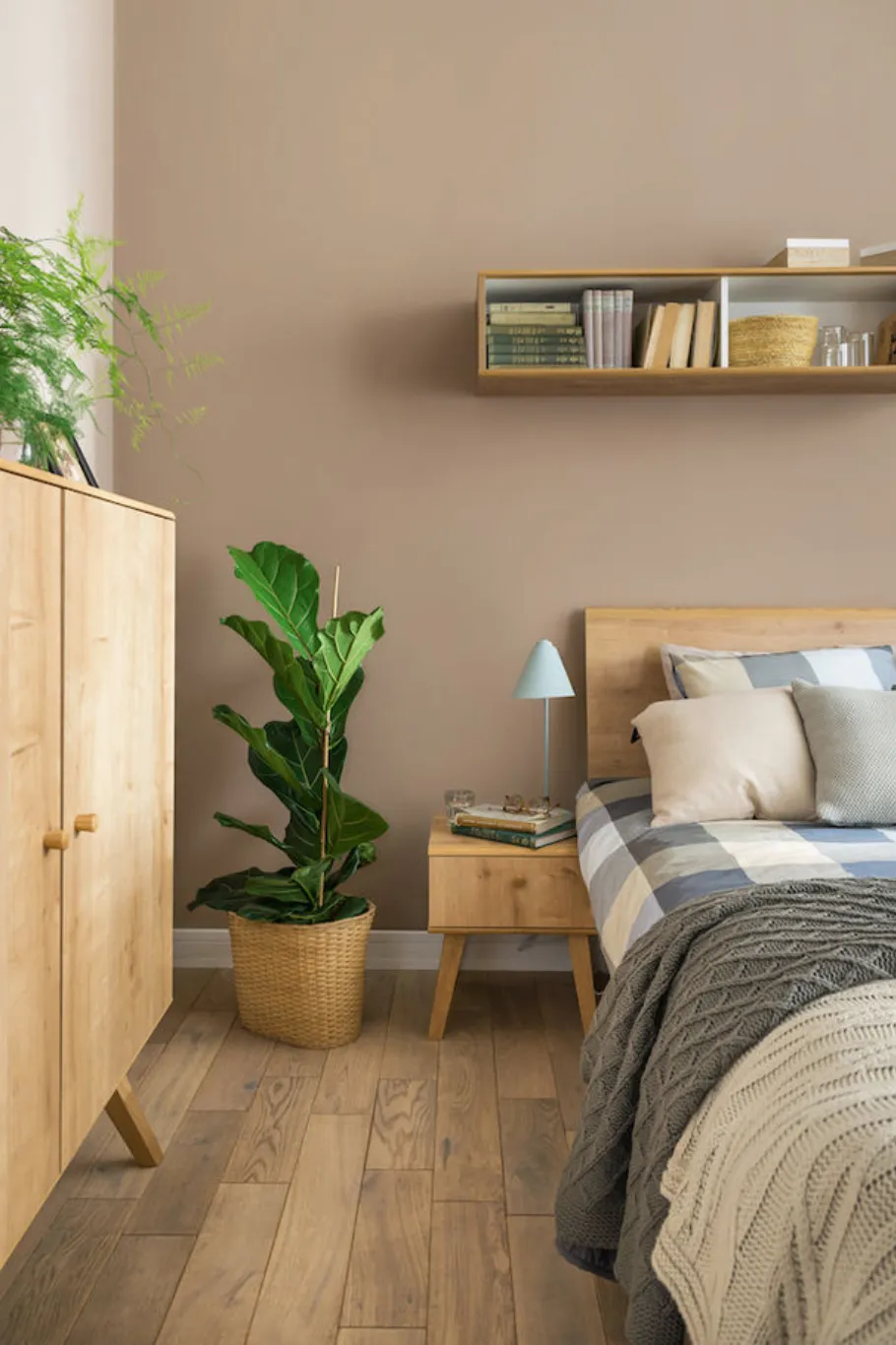
What better way to bring nature into your decor scheme than with plants? Stay true to the trend by using elegant Japanese plants such as bamboo and bonsai. Any large, structural plants will do the job though!
Plant your greenery in a natural woven basket or a rustic terracotta pot. Stand against a bare wall for impact or, with a smaller plant, position it neatly on a shelf alongside your other desired accessories.
7. Make use of light
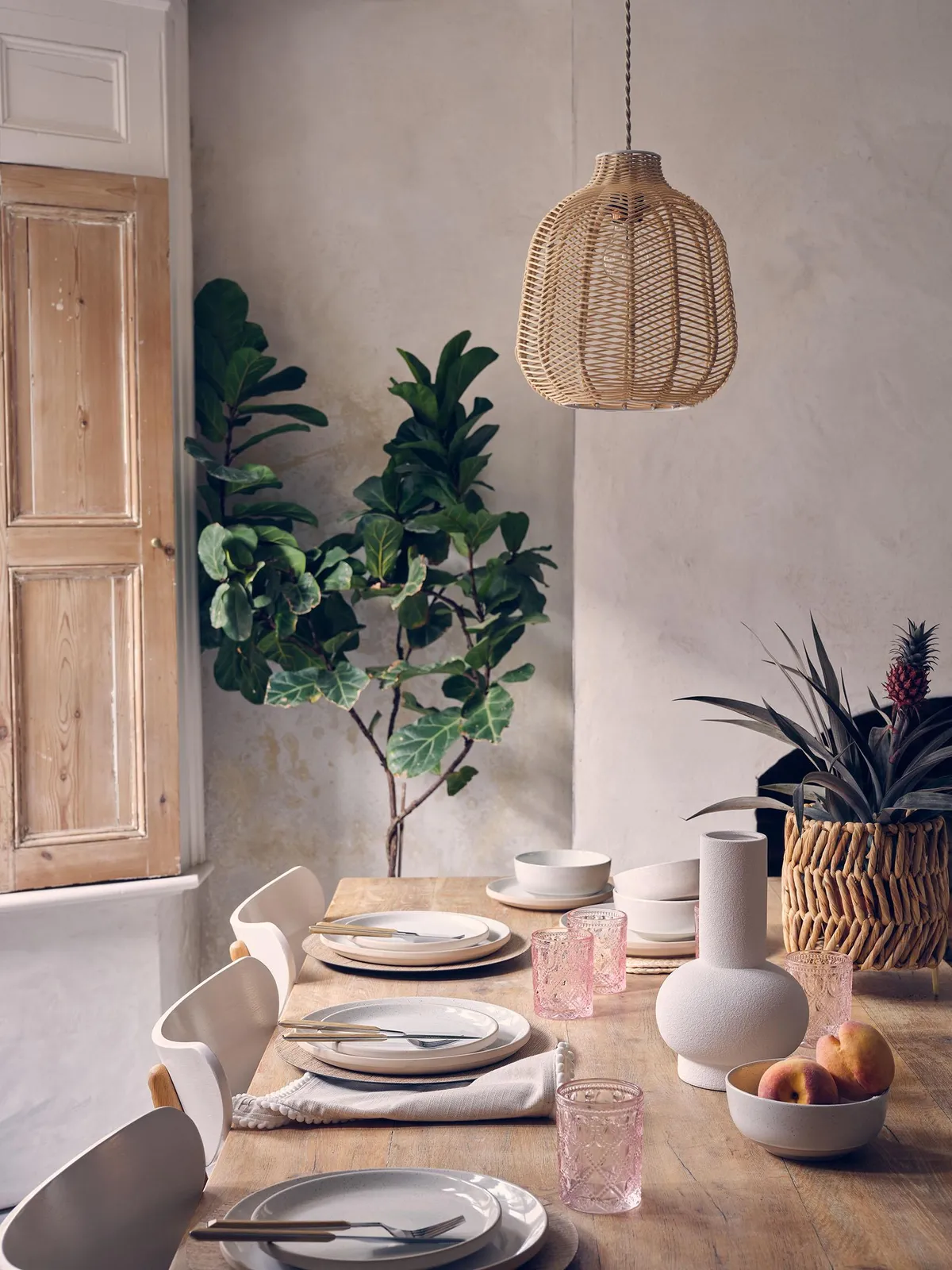
One of the most recognisable factors of Scandi interior design is white, bright lighting schemes, with a focus on natural light in particular. Japanese interior design is the same; floor-length windows and sliding doors means natural light can pour into a room.
If you don't have a great deal of natural light in your home, consider reviewing your window dressing; could blinds let more light in compared to heavy curtains for example?
'Soft lighting is also a great way to warm up the space,' says Rob Ellis. 'A paper shade hung at a slightly lower level than a traditional ceiling light keeps the look feeling contemporary, or if you’re struggling for space, go for a simple paper standing lamp with warm light bulbs.'
8. Get down to earth
Another staple of Japandi interior design is floor-level furniture. This stems from the Japanese tradition of Seiza, the formal sitting position that many Japanese people adopt when eating, socialising and performing traditional ceremonies.
If a floor-level sofa, seat or bed isn't for you, try a low-level shelf instead. By bringing items to ground level you'll find your space feels much bigger and it's a surprisingly quick way of bringing a calm simplicity into your home.
Looking for more style inspiration? Check out our guides to Edwardian interiors, the neon aesthetic and the cottagecore trend!
